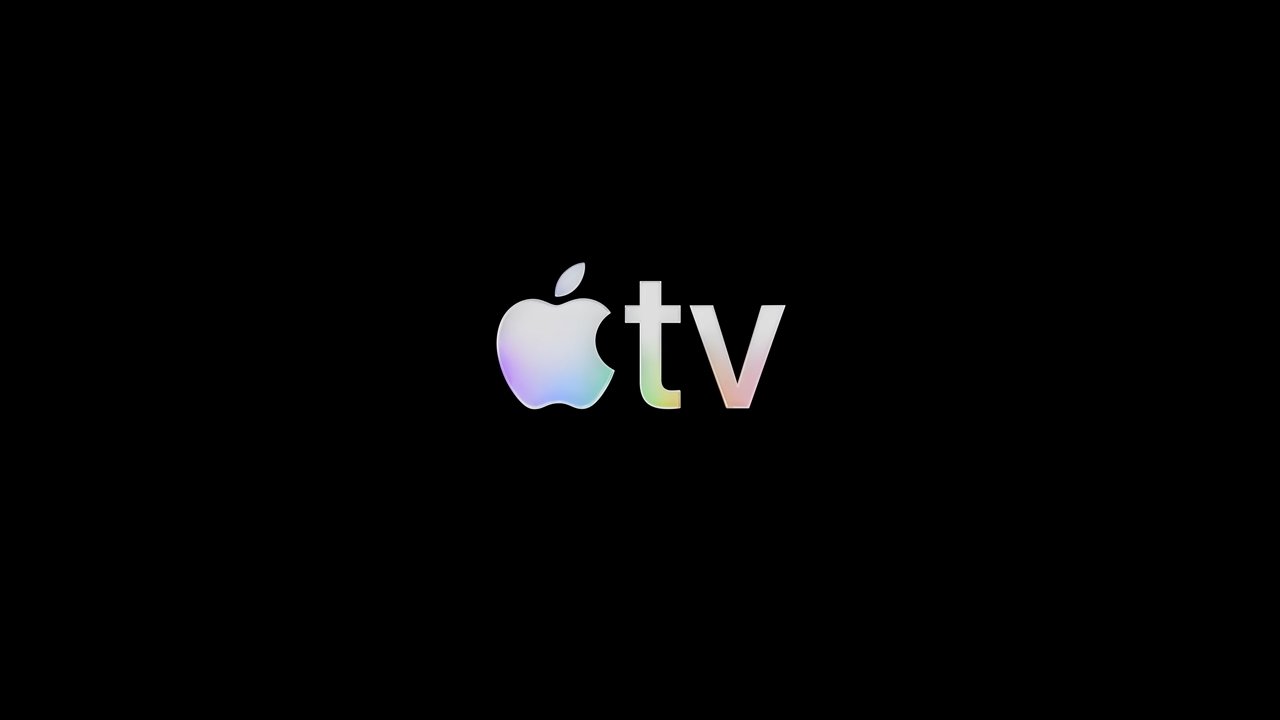Apple’s foray into the mixed reality market with the Vision Pro headset has been met with a spectrum of reactions. While some critics have labeled it a misstep, recent developments suggest that Apple’s deliberate approach to the Vision Pro 2 may be a calculated strategy aimed at refining the product for future success.
Current Status of Vision Pro 2 Development
According to insights from Bloomberg’s Mark Gurman, Apple’s plans for the next-generation Vision Pro models, including both an upgraded version and a more affordable variant, are currently “in flux.” This indicates that while development is ongoing, the company is not rushing the process. Gurman notes that Apple is committed to eventually introducing true augmented reality glasses to the market, but acknowledges that this endeavor will require time. In the interim, Apple is focusing on significant software enhancements, with a major visionOS 3.0 upgrade slated for release this year.
Implications of a Deliberate Development Pace
The decision to not expedite the release of Vision Pro 2 suggests that Apple has confidence in the existing hardware’s capabilities. This measured approach allows the company to concentrate on software improvements that can enhance user experience without necessitating immediate hardware updates. Recent software developments support this strategy:
– visionOS 2.2 Update: This update introduced new display options for Mac Virtual Display, including Wide and Ultra Wide modes, which have been well-received by users.
– Upcoming visionOS 2.4: Set to incorporate Apple Intelligence support, this update will bring advanced AI features to the Vision Pro, aligning it with Apple’s broader ecosystem.
– Anticipated visionOS 3.0: Described as a “major” upgrade, this forthcoming update is expected to further enrich the Vision Pro’s functionality and user experience.
These software advancements indicate that the current Vision Pro hardware is sufficiently robust to support significant enhancements, reducing the immediate need for new hardware.
Market Challenges and Strategic Adjustments
Despite the technological promise of the Vision Pro, Apple has encountered market challenges. Reports suggest that the high price point of $3,500 and limited compelling content have led to underwhelming sales figures. In response, Apple has reportedly reduced production rates and adjusted sales forecasts downward. Additionally, the company has shifted its focus from developing a second-generation model to exploring a more affordable version of the headset. This strategic pivot reflects Apple’s responsiveness to market feedback and its commitment to making mixed reality technology more accessible to a broader audience.
Broader Industry Context
Apple’s cautious approach to the Vision Pro 2 is not an isolated case within the tech industry. The company has previously exhibited a preference for perfectionism, which has sometimes resulted in delays in product releases. For instance, the anticipated foldable iPhone has faced multiple postponements, with projections now suggesting a release no earlier than 2027. This pattern underscores a corporate culture that prioritizes product refinement over rapid market entry, a strategy that has both its advocates and detractors.
Conclusion
While the development of Apple’s Vision Pro 2 may appear to be in a state of flux, this deliberate pacing could be advantageous. By focusing on software enhancements and carefully considering hardware updates, Apple positions itself to deliver a more polished and user-centric product in the future. This strategy not only reflects confidence in the current hardware’s capabilities but also demonstrates a commitment to meeting consumer expectations through thoughtful innovation.



